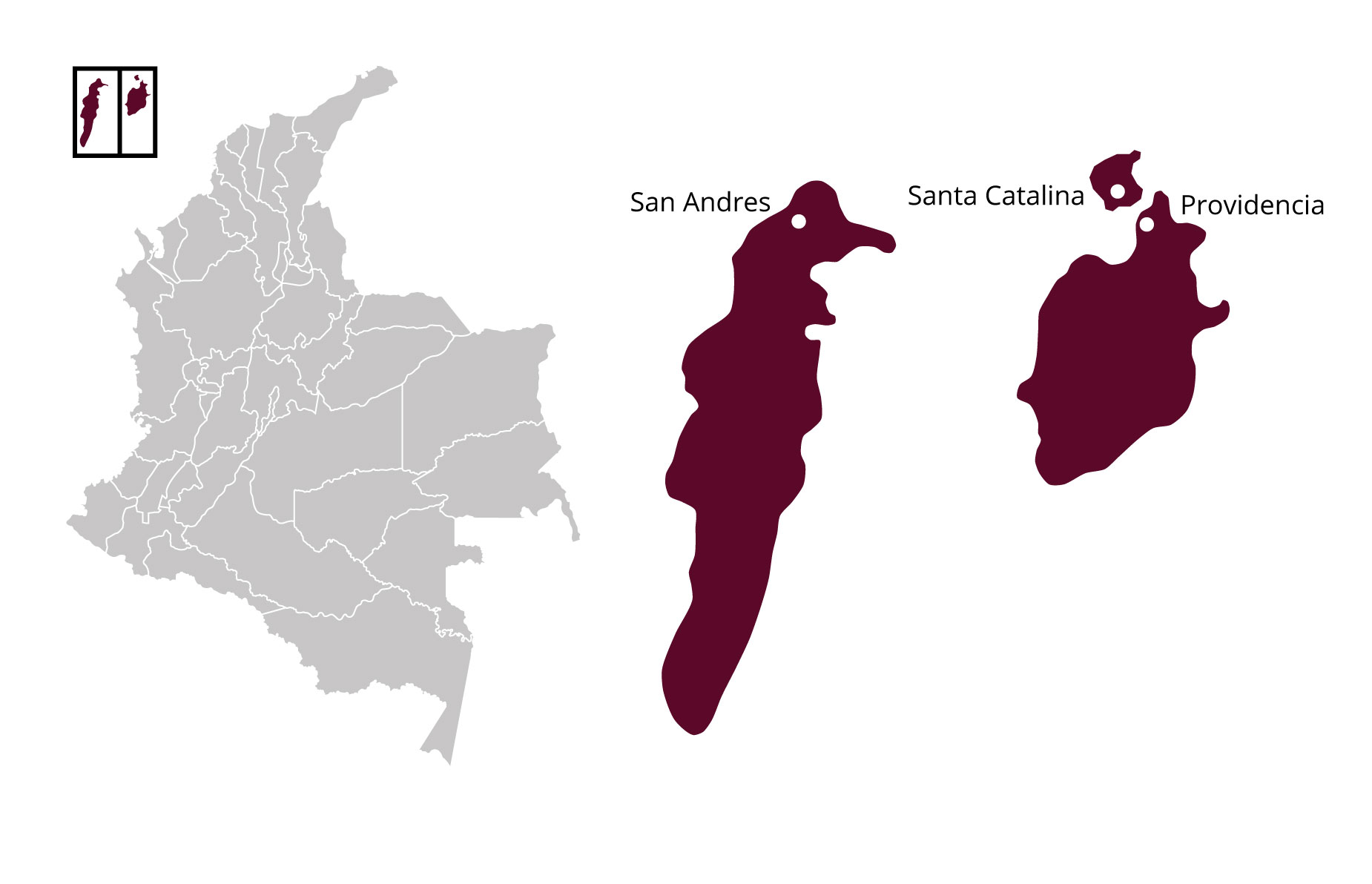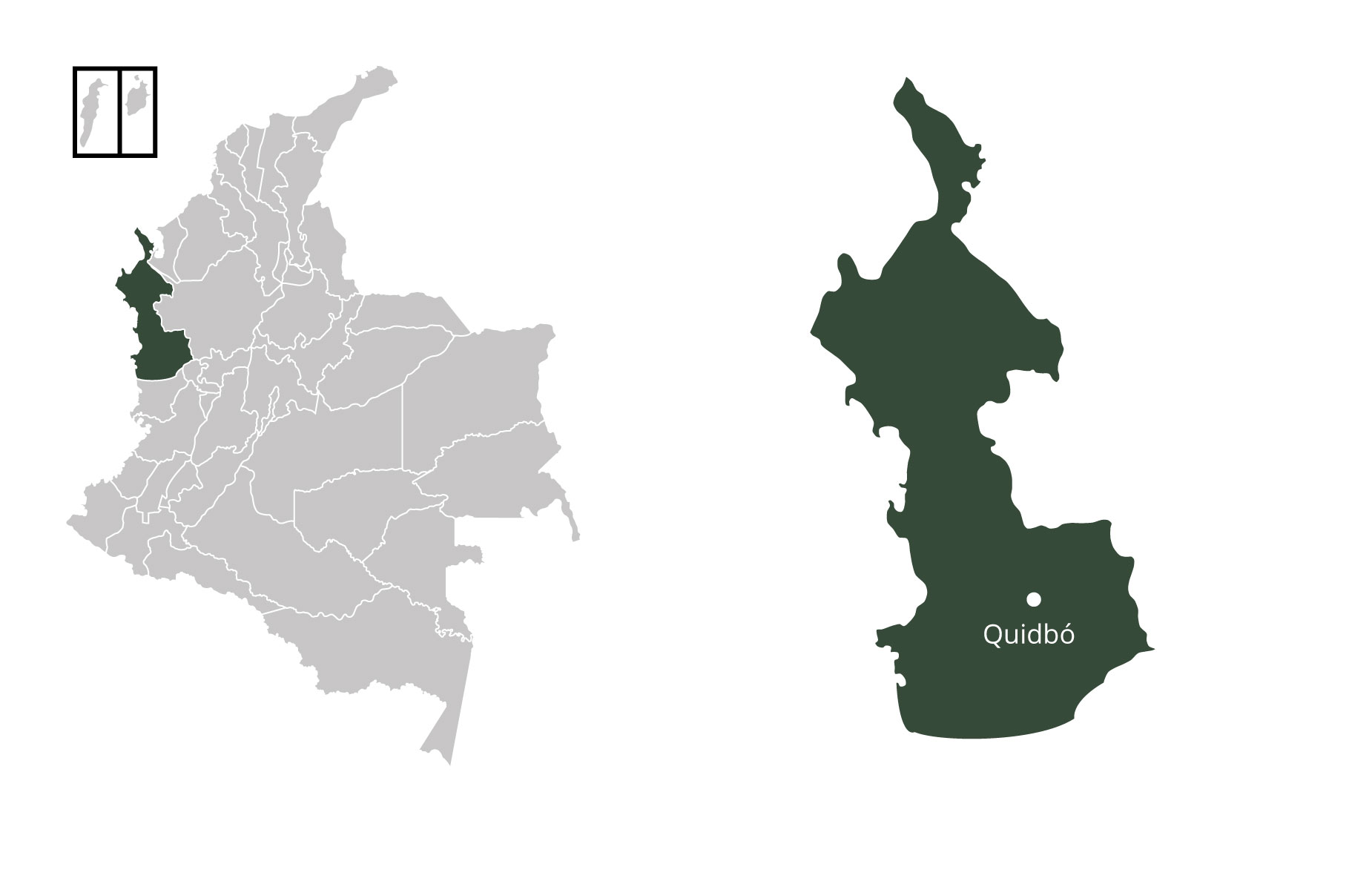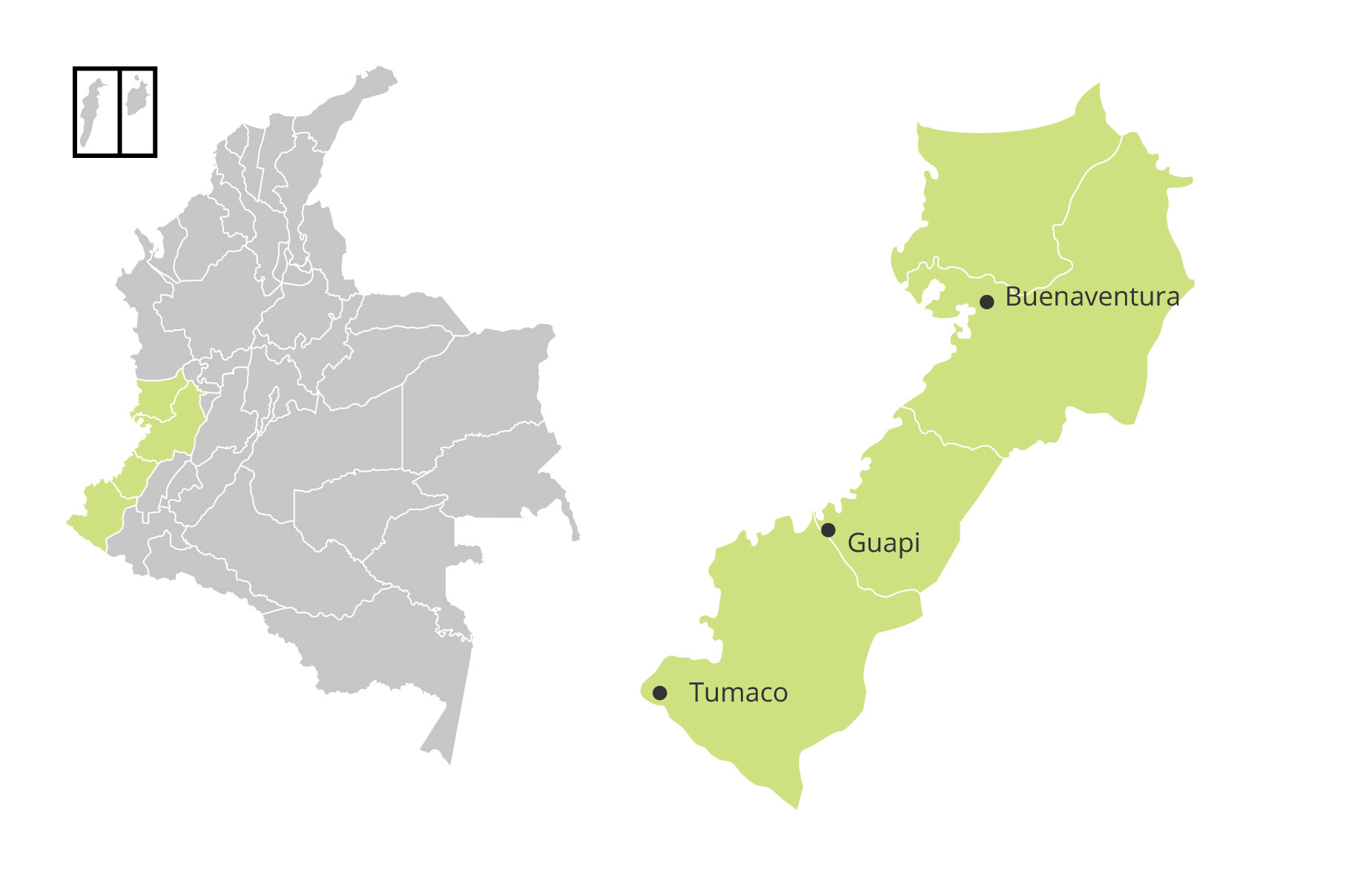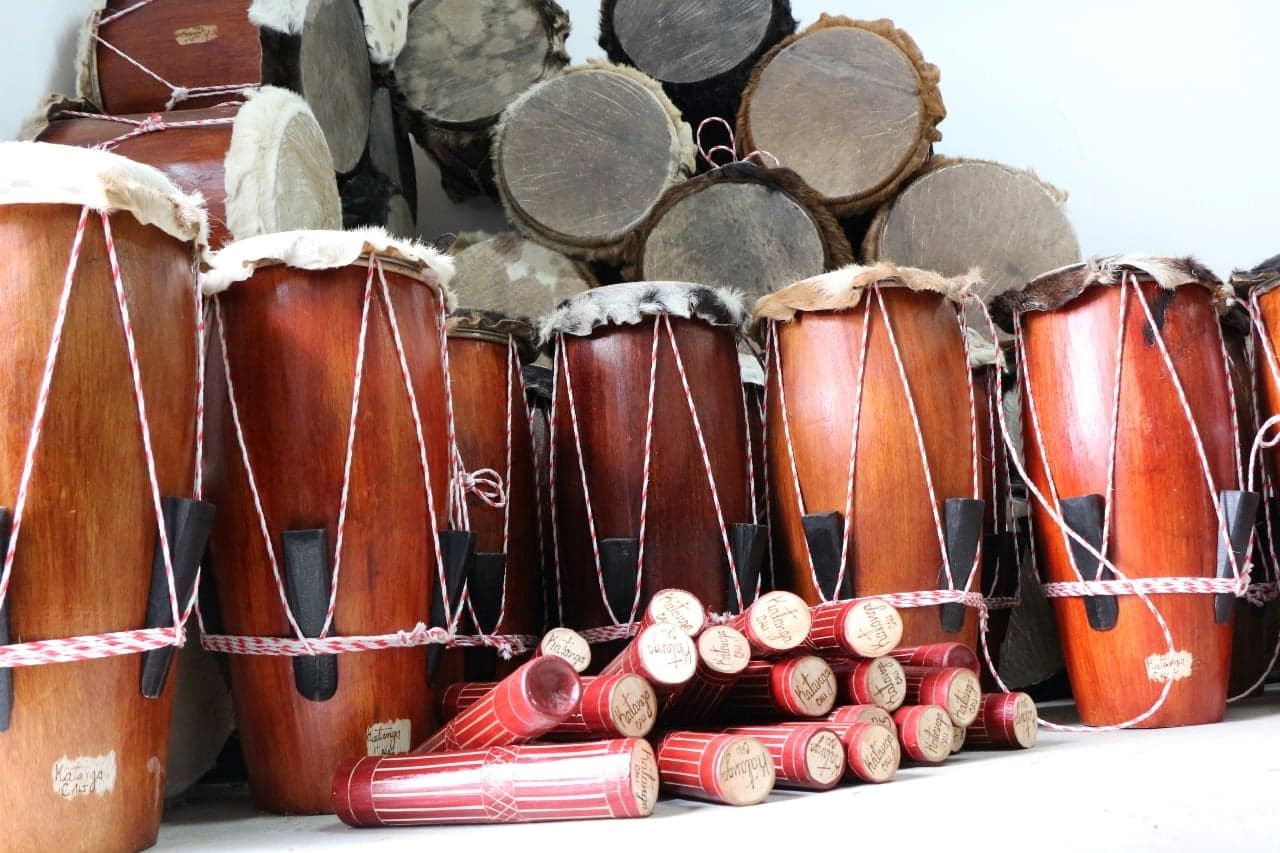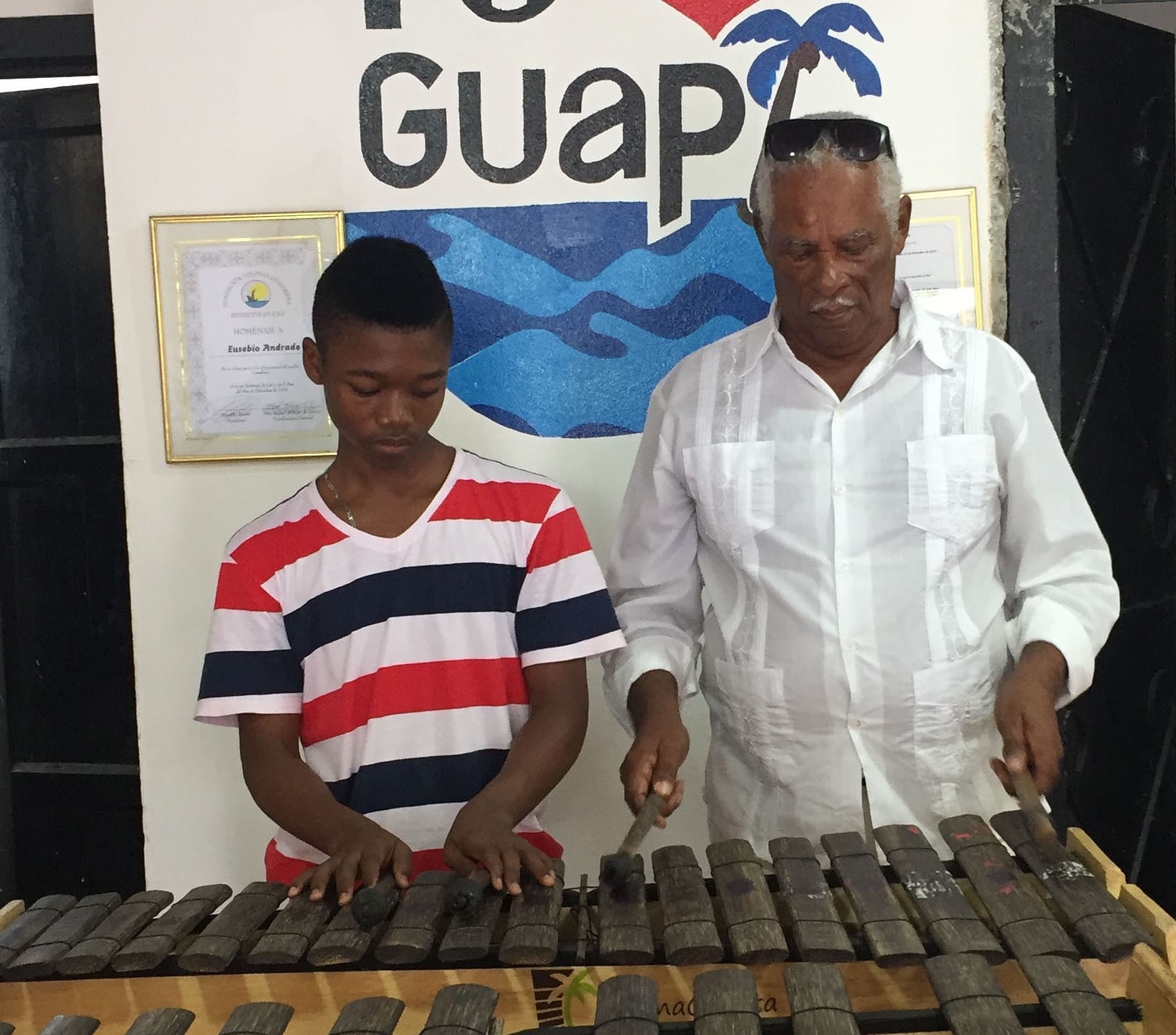
Colombian Music (Continued)
Andean Music
Music from the Andean region comprises a diversity of genres based on dance rhythms associated with the region's Spanish heritage. Instrumental music features traditional plucked-string instruments, usually accompanied by guitar, tiple, and minor percussion (e.g, wooden spoons). The soloi instrument is typically an Andean bandola or a requinto, but a flute, a violin, or a clarinet are also commonly added. Bambuco and pasillo are two of the most representative genres. "Malicia indígena" exemplifies a typical bambuco.
Composer: 0
-
"Jorge Villamarín - Malicia Indígena"
Andean vocal formats can include all the instruments mentioned above. One of the most traditional performance formats is the duet, where the singers also play tiple and guitar.
Caribbean Music
Music from the Caribbean region is a collage of different heritages. Cumbia, the most representative genre, blends African drums (alegre and llamador), indigenous gaitas, and maracones in a distinctive dance rhythm that has evolved for more than four hundred years.
Composer: 0
-
"Los Gaiteros de San Jacinto - Un Fuego de Sangre Pura"
A complex, folkloric rhythm and dance that arose as a courtship dance among the indigenous people of Colombia's Caribbean coast, over time cumbia developed into an amalgamation of Spanish, Native Colombian, and African music due to the long and intense interbreeding between these cultures during the conquest and colonization of the region.
Cumbia spread from the Colombian rural countryside to urban and middle-class audiences during the 1940's, as mambo, big band, and porro brass band influences were woven together by artists such as clarinetist and band leader Lucho Bermúdez. Traditional instrumentation remained popular during the Golden Age of Cumbia in the 1950s, but other formats-such as the big band-became increasingly common.
Cumbia spread quickly throughout Latin America, adapting to the popular musical contexts of Peru, Argentina, El Salvador, Mexico, Ecuador, Chile, Venezuela, and Panama, among others.
Insular Music
The culture of San Andrés and Providencia is highly influenced by Afro-Caribbean cultures. These islands, originally settled by Jamaican planters and their slaves, became a part of the Nueva Granada (modern Colombia) in 1803. They preserve a distinctive cultural identity, with almost no Spanish cultural influx. Their music, exemplified by the calypso "Stickman," resembles the different musical genres from the neighboring islands.
Composer: 0
-
"Aguinaldo Hooker - Stickman (Calypso)"
Music from the Pacific Region
African and European traditions converge in the musical practices of the Colombian Pacific Region. Instrumental and vocal-instrumental practices from the Northern and Southern Pacific contrast with the primarily religious character of a cappella vocal music throughout the region. The typical ensemble from the Northern Pacific is the chirimía, comprised of clarinet in Bb, snare, bombo (also called tambora) and cymbals. Chirimía music encompasses a diversity of instrumental and vocal genres such as the abozao and the bambazú. The Spanish influence is evident in all of them. The traditional ensemble from the Southern Pacific is comprised of marimba de chonta, guasá, cununos, and bombo.
Currulao, the most prominent instrumental and vocal-instrumental genre, features a diversity of variants with slight differences in rhythmic and harmonic patterns. In 2010, Currulao has been added to the UNESCO list of Masterpieces of the Oral and Intangible Heritage of Humanity.
Composer: 0
-
"Grupo Naidy - ¡Arriba Suena Marimba! Currulao Marimba Music"





'Anti' is the likely origin of the word 'Andes', Spanish conquerors generalized the term and named all the mountain chain as 'Andes', instead of only the eastern region, as it was the case in Inca era.






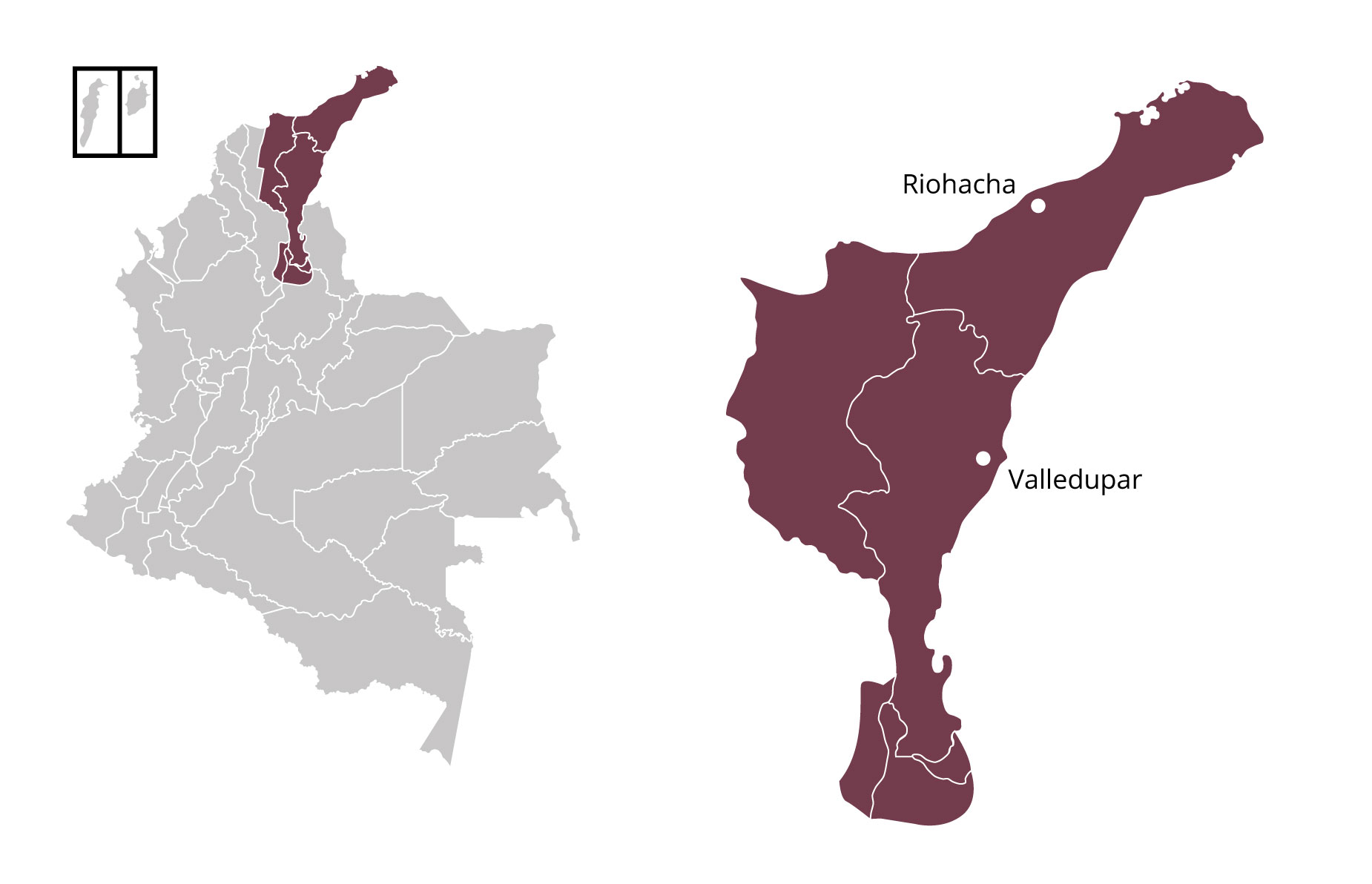
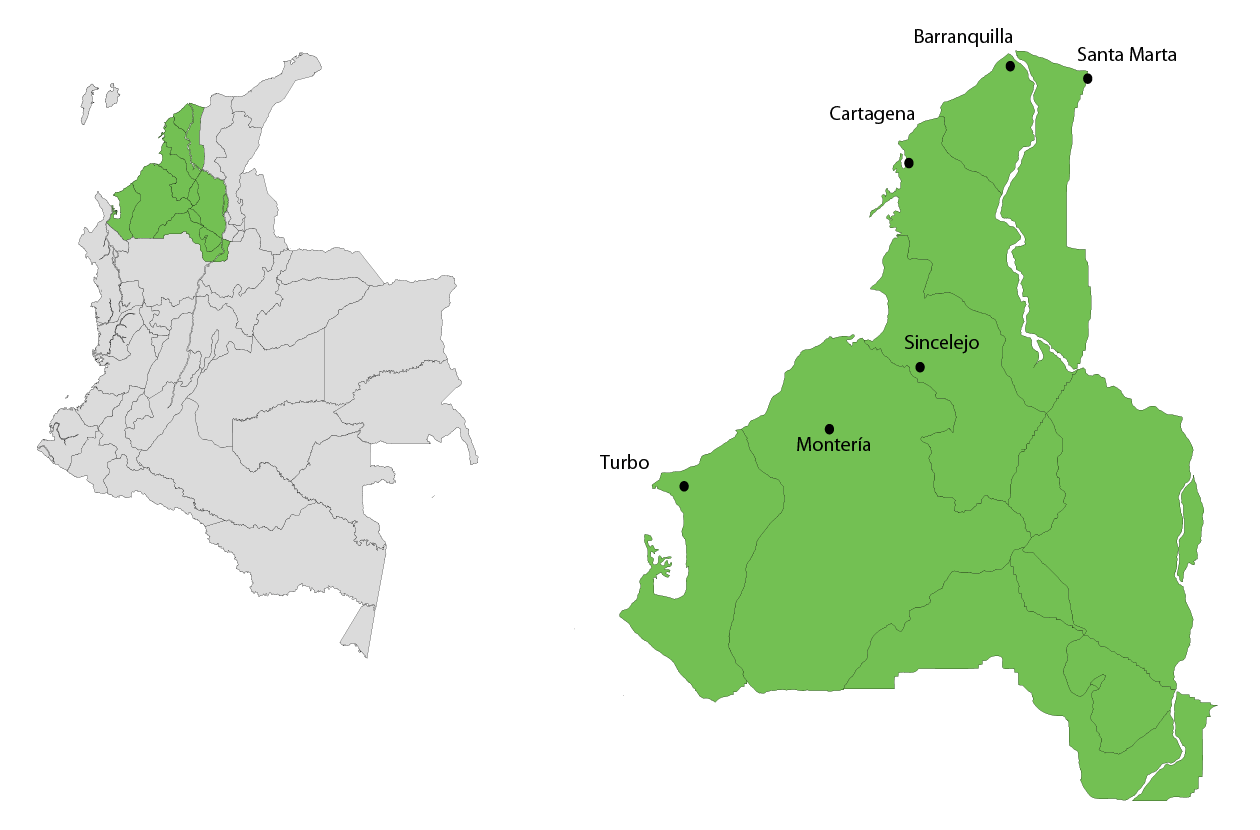
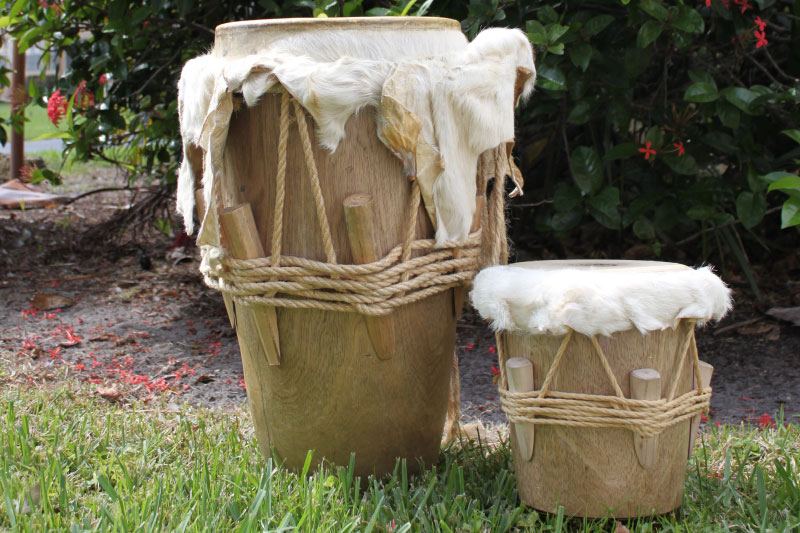 Alegre and Llamador Drums
Alegre and Llamador Drums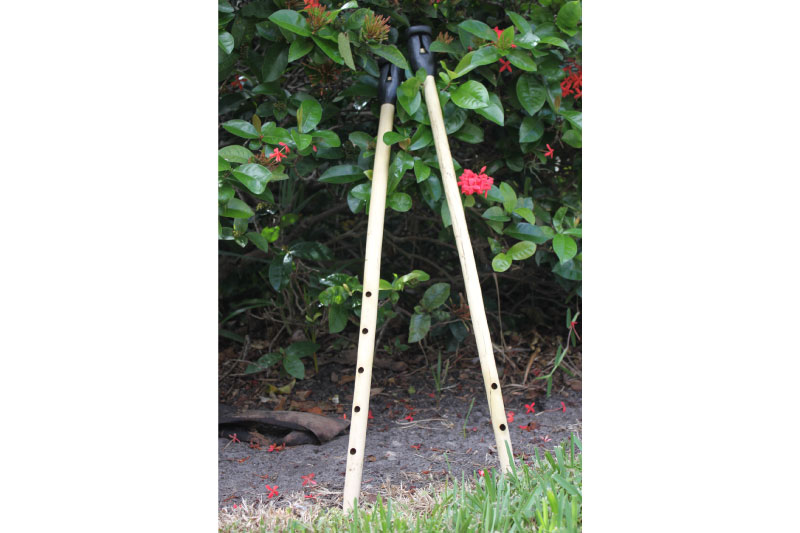 Gaitas
Gaitas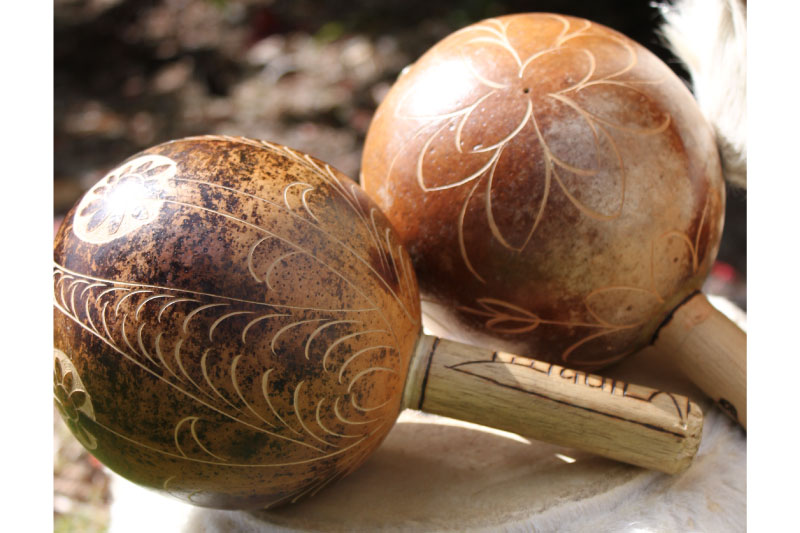 Maracones
Maracones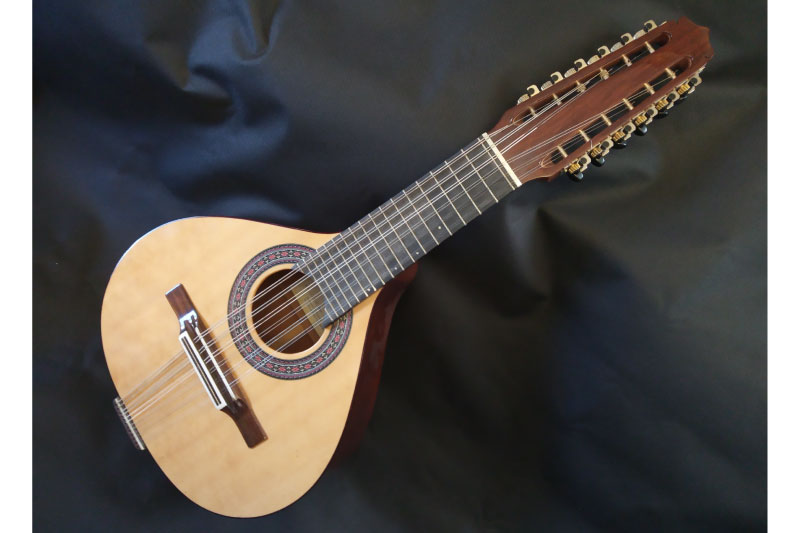 Bandola
Bandola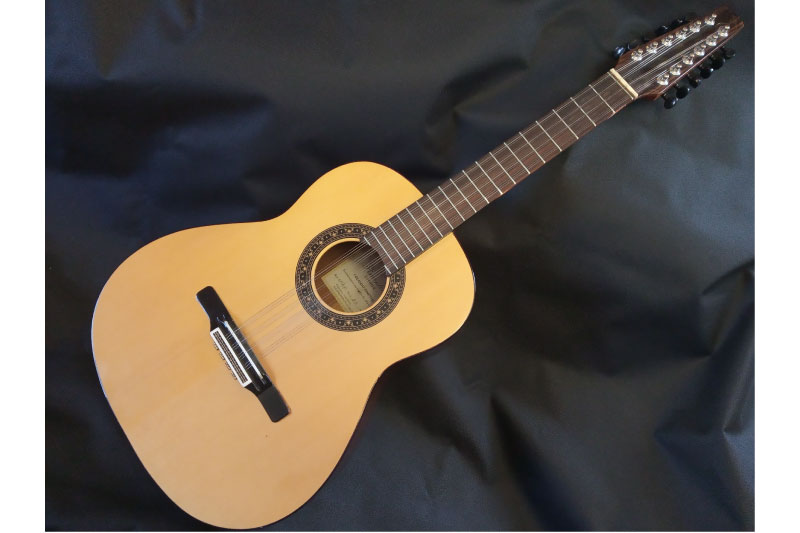 Tiple
Tiple